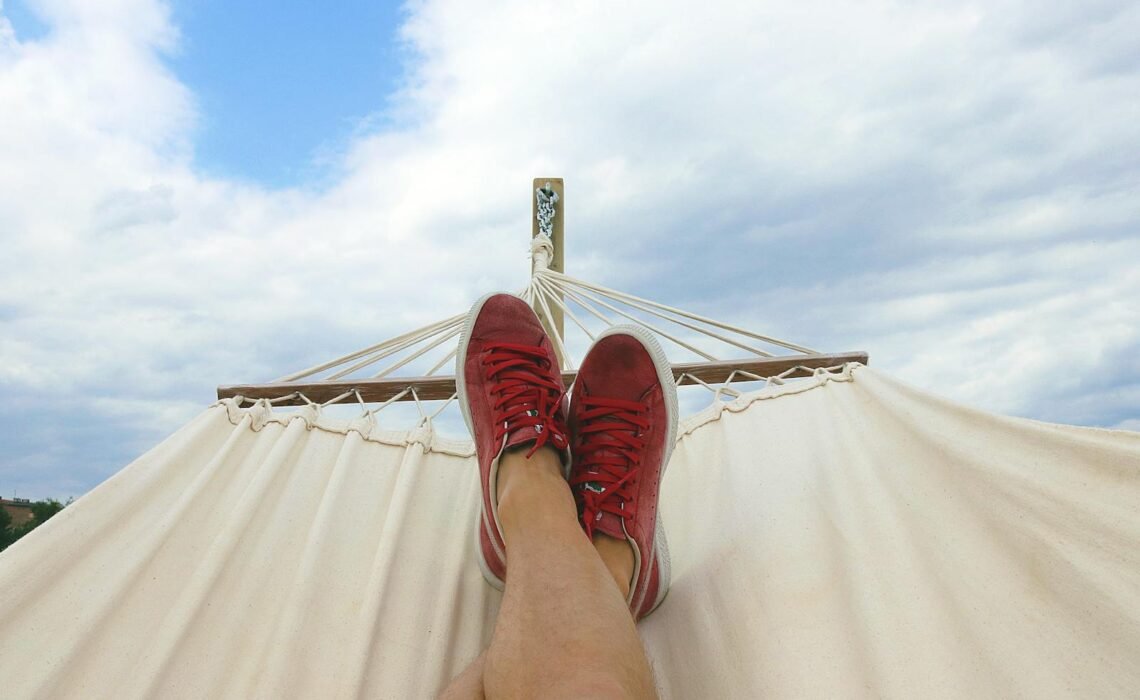In a world that’s louder, faster, and more demanding than ever, a quiet revolution is taking place—one cup of tea, therapy session, and boundary at a time. It’s called the “soft life,” and it’s changing how a generation defines success, ambition, and happiness.
Gone are the days when the gold standard of adulthood was a jam-packed schedule, 60-hour workweeks, and relentless productivity. For many millennials and Gen Z adults, the so-called “hustle culture” that dominated the 2000s and 2010s now feels like a broken promise. The idea that if you just work harder, you’ll eventually achieve happiness has been exposed as a myth. Instead, a new ideal is emerging: the soft life—an intentional, slower, and more emotionally attuned way of living.
What Is the “Soft Life,” Really?
The soft life isn’t about laziness or entitlement, despite what some critics suggest. It’s about refusing to let work, capitalism, or chronic stress consume your identity. It’s about choosing peace over prestige, and sustainability over burnout.
Practically, it can look like a lot of different things:
-
Turning down overtime to spend more time with family
-
Quitting a toxic job without a backup plan
-
Leaving city life to move somewhere quieter and more affordable
-
Investing in therapy and rest rather than luxury status symbols
-
Spending your weekend reading instead of “networking” or overachieving
In short, it’s about reclaiming agency over your time and your nervous system.
This lifestyle shift is often showcased in gentle aesthetic videos on TikTok, Instagram, or YouTube—complete with journaling routines, nature walks, and slow cooking. But beneath the visuals lies something deeper: a cultural shift toward valuing emotional well-being as a non-negotiable aspect of life.
The Pandemic Was a Turning Point
While the seeds of soft living were already growing pre-2020, the COVID-19 pandemic watered them.
When lockdowns paused the world’s go-go-go momentum, many people got a taste of a different pace—and liked it. Remote work, shorter commutes, and more time with loved ones revealed just how draining “normal” had been. We collectively questioned why we were constantly burnt out, emotionally unavailable, and perpetually behind despite all our effort.
People began asking: What are we rushing for? And is it even worth it?
In the aftermath of that global pause, some never wanted to go back. And many didn’t.
A Rejection of “Rise and Grind”
For years, hustle culture dominated social media, career books, and even TV shows. From the glorification of sleepless nights to the obsession with “side hustles,” success was synonymous with busyness. You weren’t just working one job—you were building a brand, monetizing hobbies, and posting about it all along the way.
But over time, the consequences began to show: skyrocketing anxiety and depression rates, burnout in young professionals, and a mental health crisis in workplaces across North America. Even the World Health Organization recognized burnout as an “occupational phenomenon” in 2019.
As more people experienced firsthand the emptiness of constant striving, the pendulum began to swing in the opposite direction. Enter: soft living.
Not Just a Trend, But a Cultural Correction
While some online think pieces reduce soft life content to just aesthetics—clean rooms, matcha lattes, and neutral-toned outfits—the movement has roots in something deeper: survival.
For many Black women, the soft life is a political and emotional rebellion against the “strong Black woman” stereotype. For first-generation immigrants, it’s about not repeating cycles of struggle and exhaustion. For trauma survivors, it’s choosing nervous system regulation over constant fight-or-flight. And for younger generations broadly, it’s about refusing to let the economy or capitalism dictate their worth.
This isn’t about luxury. It’s about opting out of chronic self-sacrifice.



